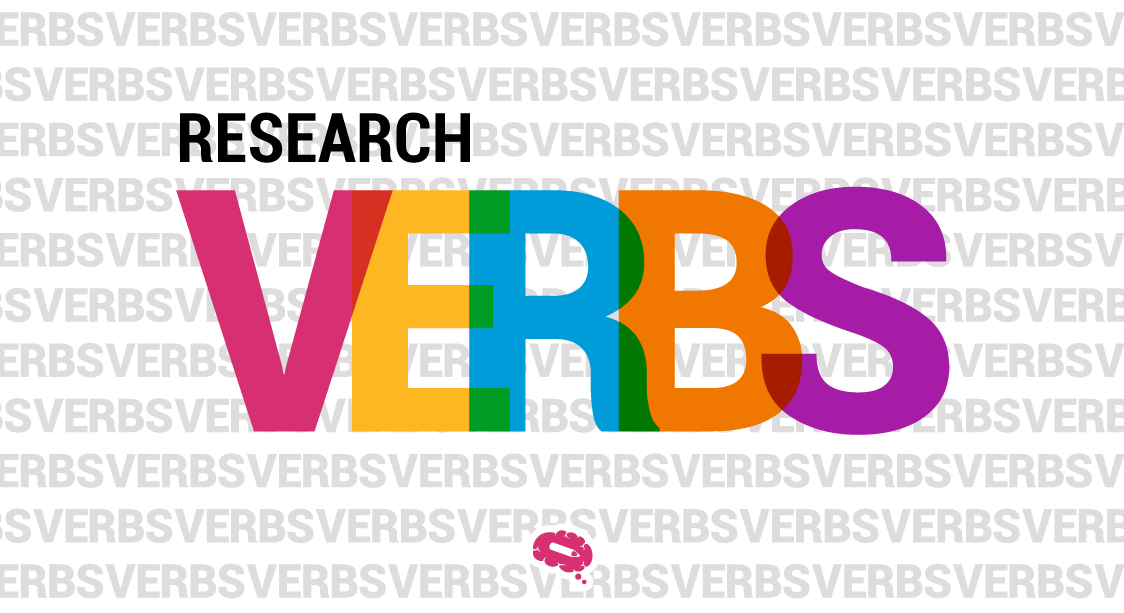“Ibid” is an abbreviation for the Latin term “ibidem,” which means “in the same place.” Understanding the meaning and proper usage of “ibid” is essential for maintaining clarity and efficiency in academic writing, streamlining the citation process, and ensuring accurate attribution. In this article, we will explore the definition, purpose, and practical applications of “ibid,” equipping you with the knowledge to effectively incorporate it into your academic writing.
What Does Ibid Mean In Academic Writing And How Is It Used?
In academic writing, “ibid” is used as a citation reference to indicate that the source being cited is the same as the previous one mentioned. It is particularly useful when consecutive citations come from the same work and page number. Instead of repeating the full citation, “ibid” is inserted in place of the author’s name, title, and publication information. This allows for a more concise and streamlined reference while still indicating that the information comes from the same source as the preceding citation. By using “ibid,” writers can avoid redundancy and maintain clarity in their writing, especially when multiple citations occur in close proximity.
What Does Ibid Mean In Chicago Style?
Chicago style allows for the use of “ibid” in footnotes or endnotes to simplify referencing and maintain clarity in scholarly writing. To ensure accurate usage, consider the following guidelines:
- Place “Ibid.” (with a capital ‘I’) in the subsequent citation if it refers to the same source as the immediately preceding one.
- Include the page number(s) if the subsequent citation refers to a different page within the same source.
- If there are intervening citations between the two instances of the same source, provide the full citation for each intervening source.
- If the subsequent citation refers to a different work, provide the full citation as usual.
- Make sure to follow the specific Chicago style guidelines for formatting footnotes or endnotes, including the use of superscript numbers, punctuation, and formatting of citations.
First Use Of Source. Full Bibliography. One Page Number.
In Chicago style, when you have consecutive notes in your paper that come from the same page number in the same source, there is a specific way to handle them. When the first note is citing, you include the full bibliography entry with the author’s name, the title of the work, and the page number. However, for subsequent notes that also cite the same page, you can simply use “Ibid.”. By using “Ibid.,” you can save space and avoid repetition in your citations.
Example:
1. John Smith, The History of Chicago, 45.
2. Ibid.
Both notes refer to page 45 of John Smith’s book: The History of Chicago.
Second Use Of Source. Full Bibliography. One Page Number
In Chicago style, when you have consecutive notes in your paper that come from the same page number in the same source, and you are using a full bibliography, but it is not the first note citing, there is a specific format to follow. In this case, you only need to include the last name of the author in the note, as the full name would have been provided in an earlier note.
Example:
10. Smith, The History of Chicago, 45.
11. Ibid.
Both notes refer to page 45 of John Smith’s book: The History of Chicago.
Multiple Use Of Source. No Full Bibliography. One Page Number
When consecutive notes within an academic work are sourced from the exact same page number in the same reference, and a full bibliography is not employed, a specific approach should be followed for the first citation of that particular source. In this case, the first note should include complete citation details, such as the author’s name, the title of the source, the place of publication, the publishing company, and the year of publication.
Example:
1. John Adams, The Founding of America (New York: ABC Publishers, 2019), 78.
2. Ibid.
Both notes refer to page 78 of John Adams’s book: The Founding of America.
Example:
10. Mark Johnson, Effective Grammar Techniques (London: PQR Publishing, 2024), 32.
11. Ibid.
Both notes refer to page 32 of Mark Johnson’s book: Effective Grammar Techniques.
Consecutive Uses Of Source. No Full Bibliography. One Page Number
When multiple consecutive notes refer to the same page number in the same source and a full bibliography is not employed, the following example should be used if it is not the first note citing that specific source:
Example:
5. Doe, The Chicago Manual of Style, 45.
6. Ibid.
7. Ibid.
All three notes refer to page 45 of John Doe’s book: The Chicago Manual of Style. In the initial note, the complete details of the source are provided. To avoid repetition, a shortened note can be used, indicating only the author’s last name. This practice is justified by the availability of the full information in the first note.
Example:
9. White, The Power of Words, 102.
10. Ibid.
Both notes refer to page 102 of Emily White’s book The Power of Words. This approach is suitable due to the information already being available in the first note.
Consecutive Uses Of Source. No Full Bibliography. Different Page Numbers
When you have consecutive notes in your writing that come from the same source but have different page numbers, you can use “Ibid.” to indicate the same author and title, while specifying the new page number.
Example:
1. John Smith, The History of Chicago, 45.
2. Ibid., 57.
3. Ibid., 62.
10. Jane Doe, The Art of Writing, 78.
11. Ibid., 85.
25. Mark Johnson, Effective Grammar Techniques, 32.
26. Ibid., 41.
37. Ibid., 55.
Not First Use Of Source. Different Page Numbers. Interspersed With Other Sources
When you have multiple notes in your writing that refer to the same page in the same work, but you also have notes referring to other works in between, it’s important to maintain clarity in your referencing. In such cases, “Ibid.” is used for consecutive notes within the same work and page number.
Example:
1. John Smith, The History of Chicago, 45.
2. Ibid.
3. Ibid., 62.
4. Hawthorne, The Scarlet Letter, 101.
5. John Smith, The History of Chicago, 110.
Although The History of Chicago is mentioned in notes 1-3, note 5 must still include the complete details of the work since note 4 pertains to a different source.
Example:
6. Jane Doe, The Art of Writing (New York: ABC Publishers, 2023), 78.
7. Ibid., 85.
8. Mark Johnson, Effective Grammar Techniques (London: PQR Publishing, 2024), 32.
9. Ibid.
10. Ibid., 41.
11. Doe, The Art of Writing, 102.
12. Ibid., 115-119.
Despite the previous references to The Art of Writing in notes 6-7, it is necessary to mention the author and title again in notes 11-12 since notes 8-10 pertain to a different work. However, as the full author’s name and publishing company have already been provided, a shortened note suffices for notes 11-12.
Using Short Notes Instead Of Ibid
If you prefer to use short notes instead of “ibid.” in your academic writing, you can follow these guidelines:
- Use the author’s last name followed by a short title or keyword from the source.
- Include the specific page number(s) if applicable.
- Make sure the shortened note provides enough information to clearly identify the source.
- If there are intervening citations between the two instances of the same source, provide a short note for each intervening source.
- If the subsequent citation refers to a different work, provide the full citation as usual.
Here’s an example to illustrate the usage of short notes:
First citation:
John Smith, “The Effects of Climate Change,” Environmental Studies Journal 25, no. 2 (2019): 45.
Subsequent citation (same source):
2. Smith, “Climate Change,” 50.
Subsequent citation (different source):
3. Emily Johnson, “Biodiversity Conservation,” Conservation Review 10, no. 3 (2020): 112.
Subsequent citation (resuming short note for the same source):
4. Smith, “Climate Change,” 115.
Remember to follow the specific guidelines of the citation style you are using (such as Chicago, APA, or MLA) to ensure consistency and accuracy in your citations.
Is Ibid Used In APA And MLA Citations?
APA style and MLA style do not use ibid. This is because they both employ in-text citations in parentheses instead of footnotes. These citations refer to a comprehensive list of sources arranged alphabetically at the end of the article. While notes can still be used for comments and explanations that do not fit within the main text, in-text references are already sufficiently concise. There is no need to further condense them.
APA style example:
According to Darwin (1859), “climate plays an important part in determining the average numbers of a species” (p. 67).
MLA style example:
Highlighting a common misconception about rarity, Darwin emphasizes that each species “is constantly suffering enormous destruction at some period of its life” (67).
Online Infographic Maker For Science
Mind the Graph offers a vast library of scientifically themed illustrations, icons, and templates, which can be customized and combined with text, charts, and images to create visually stunning graphics. Scientists can utilize Mind the Graph to create professional-looking infographics, posters, presentations, and other visual materials to effectively communicate their research findings, concepts, and data, and make a greater impact in their respective fields.

Subscribe to our newsletter
Exclusive high quality content about effective visual
communication in science.






